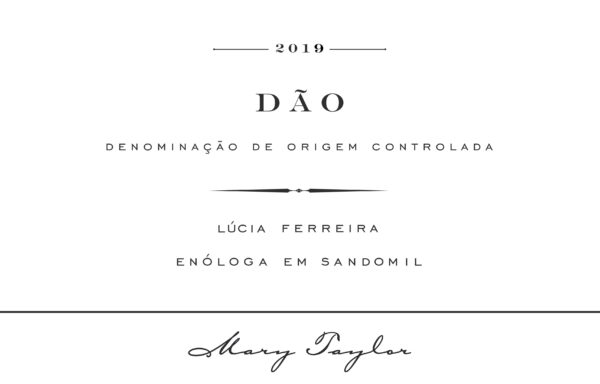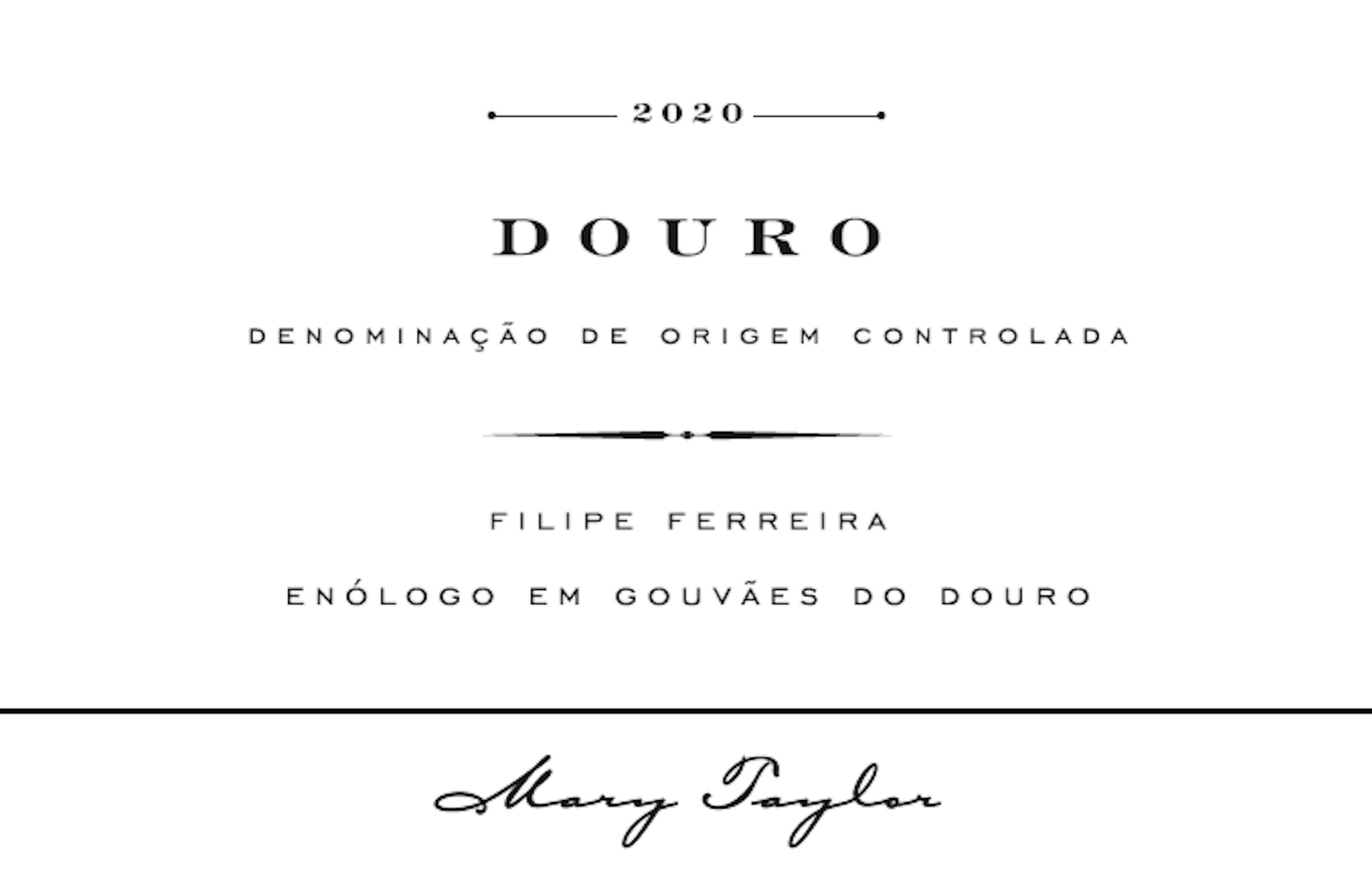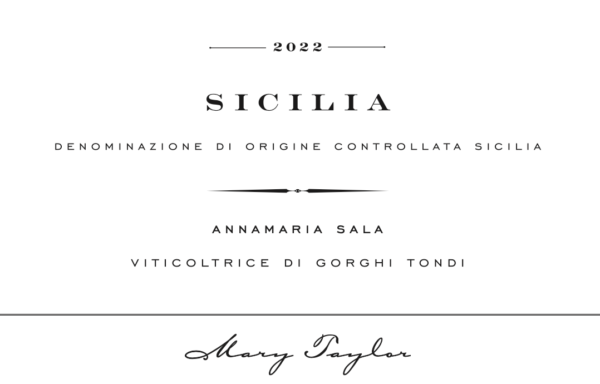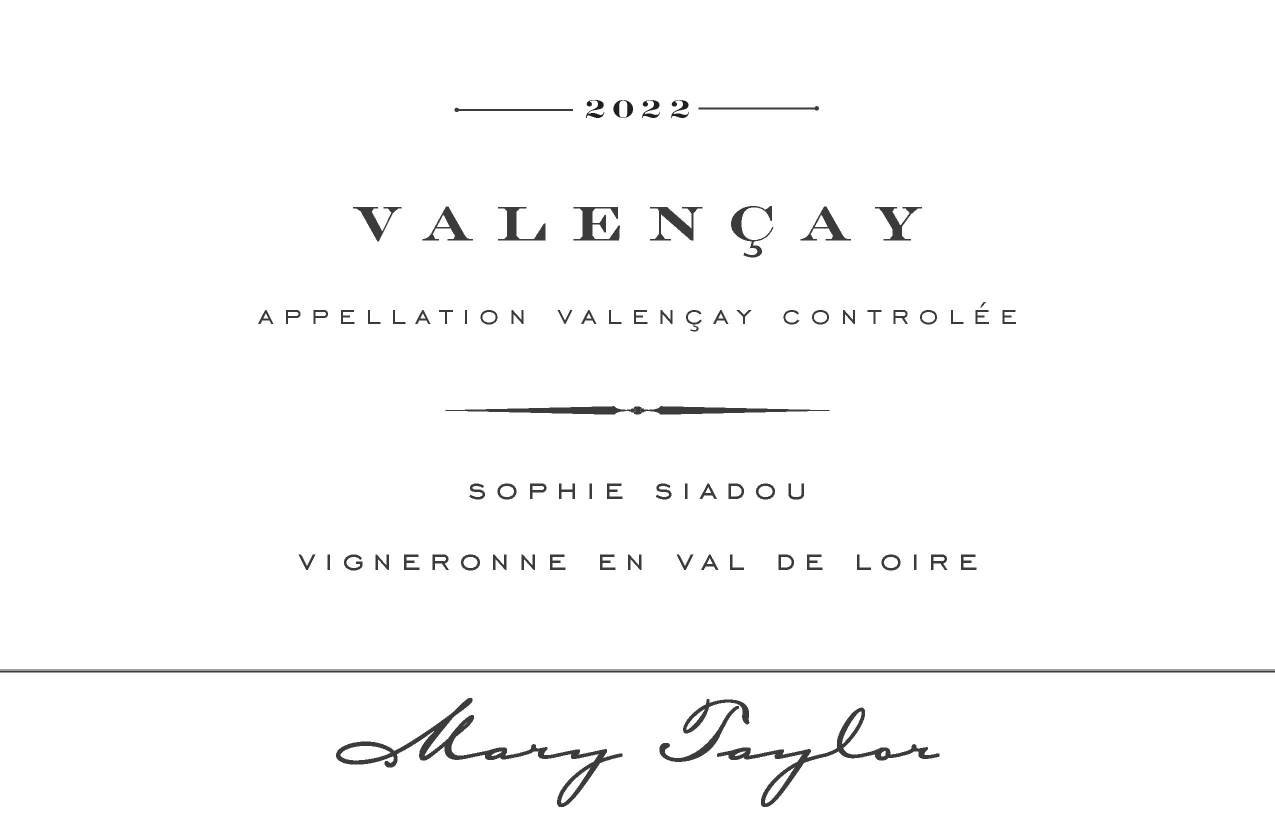
The flinty soils of the Loire Valley appellation of Valençay are known for giving their wines a finesse, perhaps even a chalkiness. This cuvée is known as “Les Griottes” or ‘the cherries’ as its gentle flavor and character has notes of red fruits (cherry, blackcurrant), with a hint of spices in the finish. Farmed sustainably and fermented with indigenous yeasts. You might try one of the area’s famed goat cheeses to pair with this classically elegant wine.
Wine Description
90 Points – Wine Enthusiast – 2022
“The Loire is famous for producing wines with an herbal and fruity quality, and this bottle captures that profile in a 35% Gamay, 35% Malbec and 30% Pinot Noir blend. Ruby in color, the wine has a savory nose of red raspberry, black cherry, dried field grass, sage brush and violet blossom. On the palate, just-ripened red fruit is at the lead of the taste with slightly grippy tannins providing thrust on the finish, laced with pleasing chalk and limestone.”
91 Points – John Gilman, View From The Cellar (full review below)
“Sophie Siadou’s Valençay is the first example of this small appellation that I have ever tasted. Valençay is located due south of Cheverny and extends to seventy-four hectares of vines for the entire appellation. Madame Siadou’s 2019 is composed from a cépages of thirty-five percent each of Gamay and Côt, as well as thirty percent Pinot Noir. The wine is fermented with indigenous yeasts and aged in older casks for eighteen months prior to bottling. The 2019 Valençay is nicely ripe at 13.5 percent alcohol and offers up a bright, youthful nose of bitter cherry, pomegranate, a complex base of soil tones, hints of bonfire and a dollop of fresh herb tones in the upper register. On the palate the wine is bright, full-bodied and nicely transparent in personality, with a good core, ripe tannins and a long, complex and well balanced finish. I like the spine of structure that the malbec adds here, which makes it a touch chewy out of the blocks, but augurs very well for its evolution in the cellar. Paired with the right food to buffer the tannins a touch, this is quite drinkable today but it will be even better with a few years’ worth of bottle age. A very stylish middleweight. 2021-2040. 91. ” – John Gilman, View From The Cellar, May-Jun 2021 #93
Vintage Notes:
2021: Years and months pass but there is one constant as a winemaker: we are and remain close to our vines. The 2021 vintage is the perfect example. It made the vines suffer that’s why we say the winemaker was looking after the vineyard the whole year. Everything may have started a little too well. Winter was cold, but not too much. Throughout March, spring was coming the temperature at first warm kept increasing. We could feel life returning, the sap was running again throughout plants, and buds were blooming. The cold came back severe and vicious for a few days. The thermometer dropped to minus 6 degrees. The mornings with frost kept going, some of the buds froze as young shoots. Starting at 5 a.m., the whole team, supported by friends, lit candles to heat the plot of land least affected by the frost. It was an intense and exhausting time but so rich in emotions, friendship, and the feeling of having given everything… Every bit of green in the vineyard was comforting. June started with memorable levels of rainfall. A short lull at the beginning of flowering finally gave us a glimpse of hope for this complicated vintage. A little bit of rest at the end of August for the winemaker, but also for the vines which finally benefit from a nourishing sun. At the dawn of autumn, the harvest began without a drive at the end of September’s fourth
week. We waited for maturation: we let the grapes gorge themselves with juice and sugar: a reasonable degree without excess, freshness without aggressiveness, that’s what the winemaker expected.
2020: “Winter 2019-2020 did not happen,” Sophie reports, spending Christmas on the balcony in a t-shirt. A beautiful Spring seasoned the vines and replenished the groudwater with warm temperatures and ample rain, dotting the vineyards with “tiny Spring fairies: daisies, cowslips, dandelions, and swelling gravevine buds.” Intense work went into preventing mildew and promoting a quick and clustered blooming, making May and June fly by in the wet conditions. The hot summer benefited from the gorged groundwater, and ripening happened quick and homogeneously. Harvest began on Sept. 3 at crazy speed and finished on the 19th, “It’s the first time that we harvest in so few days, but what a kind of day!”
Concentration, accomplished tannins, roundness and power, complexity. We will have to wait for the end of the maturing period to appreciate all the richness of this vintage, but the winemaker has a smile on his face: a great vintage is in the cellar!
2019: Despite a challenging season with spring frosts and a hot, very dry summer, a great and balanced vintage. A small saving rain in late August provided some relief, and September rains meant harvest had to be completed quickly. Our winemaker Sophie explains, “From this sunny vintage, we expected round juices, a little heavy, sometimes hot or scorching. But what a nice surprise in fact is this vintage! The wines are spontaneously supple and pleasant, but we also appreciate freshness supported by notes of tangy fruit (citrus for the whites, currants for the reds).” See attachment above for detailed report on the growing season.
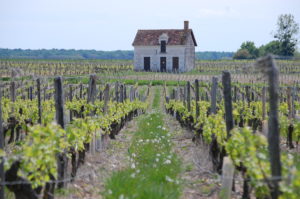
Best known for its famous pyramid-shaped goat cheese, the Valençay area of France’s Loire valley also produces an equally singular (if much lesser known) array of wines. What they lack in name recognition, however, they more than make up for in terms of sheer deliciousness and everyday charm— which illustrates an important principle. More often than not, the hidden values of the world of wine are discovered along the road less traveled, far from the common crowd.
Geographically, Valençay is separated into two main areas, each straddling either side of the Modon, a winding tributary of the famous Cher river. The first, “Les Terrajots,” is characterized by stony, flinty clay soils known as “perruches,” which contribute structure and depth of fruit to the area’s wines. The second, located near the loge à Perin— a tiny hut constructed in the middle of the vineyards at the end of nineteenth century— is defined by “silex,” a mix of clay, limestone and silica, which imparts freshness and brisk minerality. Together, this unique geographic profile results in bright, flinty whites derived from Sauvignon Blanc, and— as evidenced by this exquisite example from the family-run Domaine Jourdain— mouthwatering reds, which are produced from the region’s three main varieties: Gamay, Pinot Noir, and Côt (the local name for Malbec).
Originally founded in 1960, the Jourdain estate has been run since 1990 by Sophie Siadou and her partner Francis Jourdain. Sophie originally came from Avignon to work on a goat farm, where she met Francis, and remained in Lye to raise a family and make wine. Together, they sustainably farm 28 hectares of vines, from which they craft their brilliant range of honest, regionally-expressive wines. The soil here is “Caillouteuse” (gunpowder flint / silex), and vines are Cordon Royat-trained.
Although the winery functions as a family affair, it was Sophie’s unique vision that informed this specific bottling, to which she has lent her name. Reflecting her holistic approach to the ecosystem of the vineyard and her careful attention to the nuances of her terroir, this wine was allowed to ferment naturally, using only the indigenous ambient yeasts present in the surrounding environment, the vineyard and cellar. The wine spends 18 months on its lees in older, neutral barrels.
In the glass, the decision to allow natural fermentation comes across as an almost electric vibrancy— not so much a beverage but a living, breathing thing. Expressing all the lightness and elegance of its high percentage of Pinot Noir, plus a wonderful floral quality, it also reveals its leaner, more structured “Malbec” side, expressed through a sturdy wash of tannins that balance its succulent flavors of raspberries, black currant, and spice. The archetypal “country wine,” intrinsically designed for drinkability, it would be ideal with roast chicken, any kind of barbecue— or, even better, a nice chalky slice of Valençay cheese.
